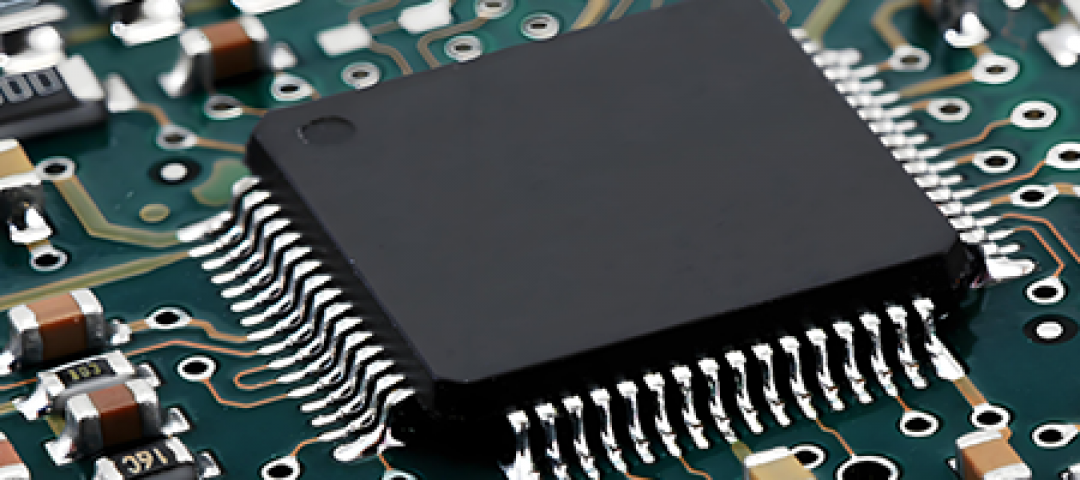Application of MES Systems in PCBA Factories
With the advancement of Industry 4.0 and the rapid development of intelligent

The final effect of PCB products is often affected by the technology used. Surface mount technology (SMT) and through-hole technology (THT) are two different methods usually sued in Low Volume PCB manufacturing and PCB assembly. Both these two technologies have their own advantages and disadvantages. Which method will be more suitable for your pcb circuit product? In this article today, we will carefully discuss the use of these two technologies in low volume printing circuit boards with you.
1.The meaning of low volume PCB assembly?
The low volume PCB circuit board assembly is a production method that produces only a small number of printed wiring board components (from a few units to thousands of units). For enterprises that need a small number of flex circuit pcb for production operations, product testing or prototyping, it has the advantages of fast turnaround time, high cost effectiveness, strong flexibility and low risk.
2.The definition of SMT
SMT will mount the component directly to the PCB surface. This assembly of circuit pcb board method provides the conditions for high component density and can accommodate a variety of different small and large components, which can significantly improve efficiency and reduce costs in large-scale production. At present, it has become the standard practice for pcb board production assembly in the industry.
Pros and Cons of SMT:
Pros 1:Higher component density: The dimensions and expense of the PCB can be reduced through SMT which enables the installation of more components on the circuit board which can be a assembled pcb circuit board design.
Pros 2:Double-sided assembly: Components can be placed on both sides of the pcb board ac, making the design more flexible which lead to a flexible pcb.
Pros 3:Improved high-frequency performance: Inductance is minimized and performance is significantly boosted because SMT components feature small or no leads
Pros 4:Economical for large-scale production: Mass production is more economical and efficient for SMT because it uses automated assembly.
Cons1:Not suitable for large or heavy components: Since the solder connections might not provide adequate strength, SMT is not ideal for large components or those that will face mechanical stress.
Cons 2:Higher initial setup costs: The cost will be increased for surface mount pcb design pcb.
Cons 3:Challenging to modify or repair: As the small size of smt pcb design pcb, and the close distance between components, any replacement or repair will be a challenge.
3.The definition of THT
Through-Hole Technology(THT): THT inserts the component in the drill hole on the circuit board and attaches it by welding to a pad on the other side, another more traditional way. This method provides good electrical connections and excellent mechanical bonding, although it is more High-priced and Lengthy.
Pros and Cons of THT:
Pros 1:Strong mechanical bond: It is an excellent choice for components subjected to physical stress or high temperatures due to the robust mechanical bond of THT pcb manufacturing and assembly.
Pros 2:Easier to modify or repair: For THT circuit board assembly, It is more easy to repair or replace the components。
Pros 3:Ideal for prototype design and testing: Because THT is flexible and easy to modify, it is frequently employed for prototyping and testing。
Cons 1: Lower component density: PCB fabrication and assembly using THT are likely to be larger and more expensive because THT's component density is lower.
Cons 2:Single-sided assembly: Only one side of the PCB can be installed.
Cons 3:Less cost-effective:THT is less economical in mass production because it requires more time and labor.
You can choose SMT surface mount technology assembly, especially if your PCB board design necessitates high-density components and high-frequency operation, or Your production scale is expected to expand in the future. Of course, you should take into account the substantial initial setup costs of SMT and the challenge associated with modifying or repairing the pcb service, and plan accordingly.
You can choose THT, especially if your circuit board design necessitates the use of Weighty or extensive components which will undergo huge physical stress or high temperatures, or if you have high requirements for easy modification and repair. For the products being tested, THT is superior due to its strength and flexibility, although it has a lower component density and higher unit cost.
You can also combine both these two method: SMT can be used for smaller, more powerful components and THT for components requiring robust mechanical bonding or can withstand high temperatures. For low volume PCB assembly, It is also a very excellent solution.
Conclusion
In short, smt assembly, THT assembly, these two pcb fab and assembly have advantages and disadvantages, but SMT, THT or a combination of the two pcb assembly manufacturer methods can fulfill the needs of most Low Volume PCB Assembly project.
For any inquiries or requirements of the low volume pcb smt design, manufacturing, and assembly needs, please don’t hesitate to contact us for more information. As a reliable PCB board maker, XW With more than decade experience in the printed circuit assembly industry, we can customize the most suitable, advanced PCB and PCBA service for you and respond within 2 hours and offer you the most effective PCBA solutions.
16+ years experience and 300+ engineers working with overseas projects
ISO9001:2015, ISO14001, ISO13485, ROHS, and UL
designing, engineering, prototyping, and production and after-sales services
Covered 150+ countries and 3600+ customers
Reply to your inquiry within 1 hours, we provide 7/24 hours support for customers in different time zones
SMT lines+Automatic plug-in production line+Wave Soldingave Lines+Assembly lines